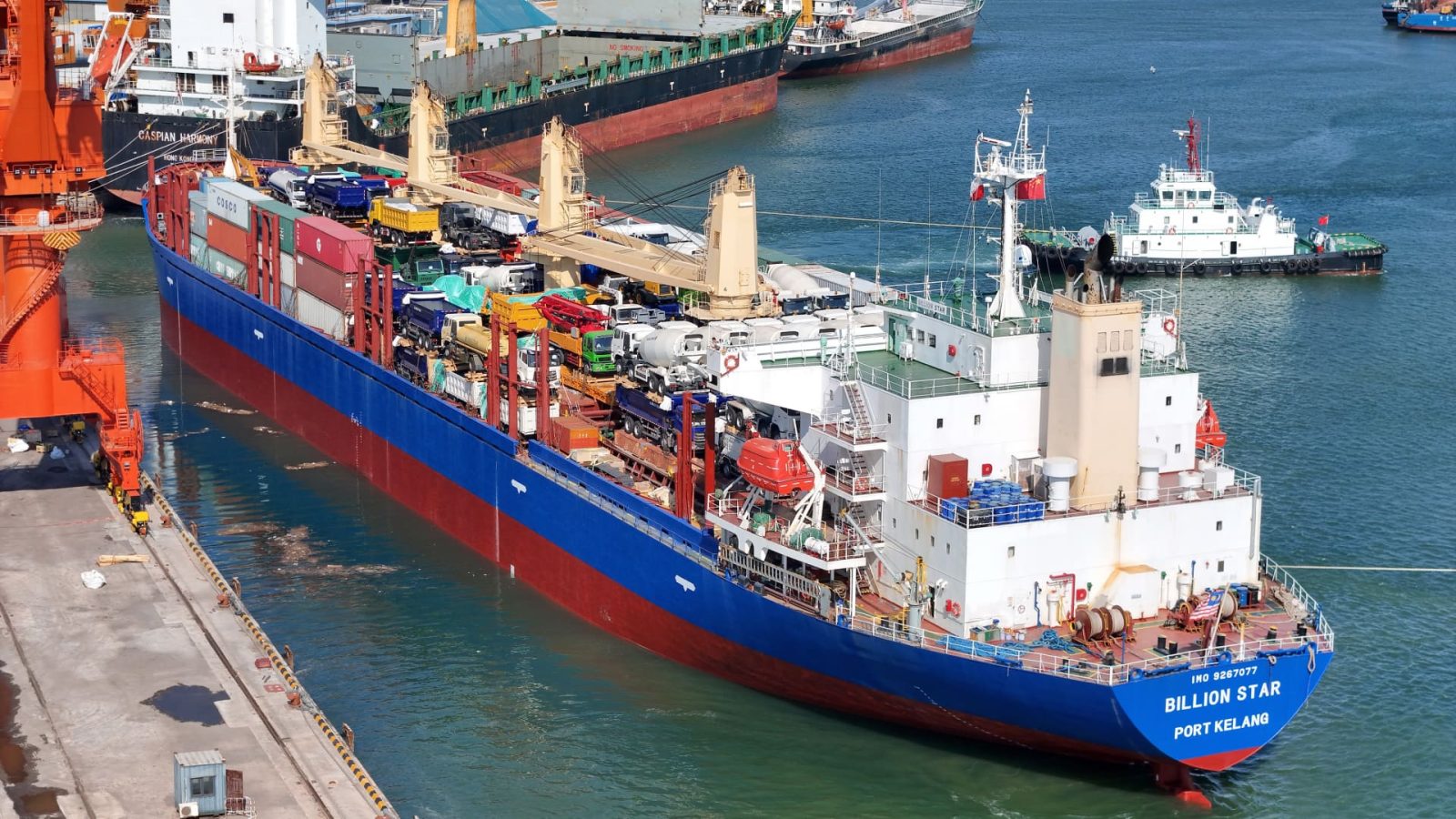BEIJING — China’s imports grew faster-than-expected in July, while export growth came in below forecasts, according to customs data released Wednesday.
Exports in U.S. dollar terms rose by 7% in July from a year ago, missing expectations for a 9.7% increase, according to a Reuters poll. The July figure was also slower than 8.6% growth in June.
U.S. dollar-denominated imports rose in July by 7.2%, far more than the forecast of 3.5%, according to the poll.
China’s imports from the U.S. surged by 24% year-on-year in July, according to CNBC calculations of official data. China’s imports from the Association of Southeast Asian Nations rose by 11%, while those from the European Union climbed by 7%.
On a year-to-date basis, China’s imports from the U.S. remained down, with a drop of 1.4%, while exports were up by 2.4%.
China’s U.S. dollar exports to the U.S. and European Union each grew by about 8% year-on-year in July, while those to the Association of Southeast Asian Nations surged by 12%, making the region China’s largest trading partner by far.
China’s exports to Russia fell by 3% in U.S. dollar terms, while imports rose by 5%.
China’s exports of cars rose by 26% year-on-year to 553,000 vehicles. Exports of home appliances climbed by 17%, while exports of smartphones also grew. Rare earths exports fell by 19%.
China’s imports of crude oil rose by 8%, while that of natural gas rose by 6%.
In Chinese yuan terms, exports also slowed their growth from June to a 6.5% year-on-year increase in July. Imports denominated in yuan rose by 6.6% in July, up from a 0.6% drop in June.
In June, imports unexpectedly fell as domestic demand remained weak. Amid a drag from real estate and lackluster consumer spending, exports have held up as one of the bright spots in China’s economy.
China’s economy grew by 5% in the first half of the year, but June saw a slowdown in retail sales growth to 2%, raising doubts about reaching the full-year GDP target.
When asked last week about stimulus plans for the second half of the year, Chinese officials affirmed existing measures and emphasized longer-term goals to develop advanced technology and other “new growth drivers.”
An official from the National Development and Reform Commission, China’s economic planning agency, noted the economy faces challenges not only from the external environment but also from structural transformation — “pain that must be experienced in the process of pushing for high-quality development.” That’s according to a CNBC translation of the Mandarin-language remarks.
Read the full article here









Leave a Reply